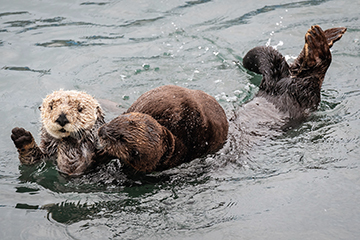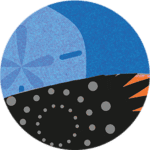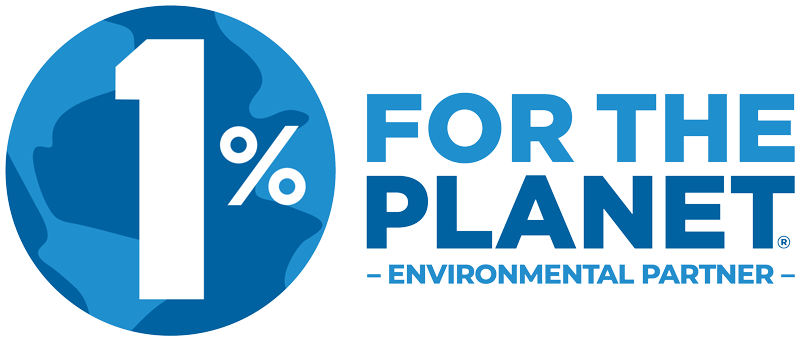
Chapter 11: Stakeholder Concerns and Perspectives

Community members and stakeholder groups will hold a variety of views and perspectives about sea otters and sea otter reintroductions. All deserve full and careful consideration.
Sea otters have been absent from Oregon’s coast for over 100 years, and human activities, such as commercial and recreational fisheries, have developed since then without sea otters as competitors. Thus, the potential return of sea otters often inspires positive and negative reactions.
Some Indigenous Peoples may welcome the return of the sea otter to reestablish the relationship that they have had with these animals for cultural and spiritual reasons. Other coastal community members may have mixed opinions, as the expected gains and losses will not affect all people equally.


Chapter 11
- Stakeholder Views in Southeast Alaska (2019)
- Stakeholder Views in Oregon
- Survey Conclusions
- Summary
Examples of Likely Benefits and Costs
Benefits
- Increase in the total ecosystem biomass
- Greater value for finfish
- More carbon sequestration
- More ecotourism
Costs
- Losses to invertebrate fisheries (e.g., crab, clam, sea cucumber, urchin)
- Social impacts on the communities that support (and are supported by) those invertebrate fisheries
Results from a Small Survey of Oregon Stakeholders
- Over 90% perceived positive potential outcomes associated with the reintroduction of sea otters to Oregon.
- Examples: improvement/balance in the nearshore marine ecosystem; increased tourism
- Over 40% perceived negative outcomes.
- Examples: fisheries conflicts; community polarization
- Overall, a majority of respondents (88%) supported reintroducing sea otters to Oregon to some degree, with only 10% strongly opposing and 2% somewhat opposing such an effort.
Learn More
- Chapter 1 – Intro
- Chapter 2 – Prior History
- Chapter 3 – Population impacts
- Chapter 4 – Genetic considerations
- Chapter 5 – Ecosystem effects
- Chapter 6 – Habitat suitability
- Chapter 7 – Socioeconomics
- Chapter 8 – Admin/legal issues
- Chapter 9 – Logistics
- Chapter 10 – Health & welfare
- Chapter 11 – Stakeholder issues
- Chapter 12 – Conclusions
- Appendices: ORSO app, maps
Related: Reintroduction Economic Study
Key Quotes
“People in Oregon are now beginning to explore what it may look like to have a viable sea otter population once again. … Experiences in SE Alaska and British Columbia (Burt et al. 2020) have suggested that it is important that all concerned stakeholders be engaged early in the process before any management decisions about reintroduction.”
“The return of the sea otter to Oregon’s nearshore will almost certainly be associated with disruptive changes to the nearshore ecosystem, some of which people will perceive as positive and some as negative. … Engaging and continuing a constructive dialogue with all affected stakeholders and community groups should be a fundamental component of the decision-making process.”
Key Terms
Click on the following key terms used on this web page to see their definitions on the glossary page:


